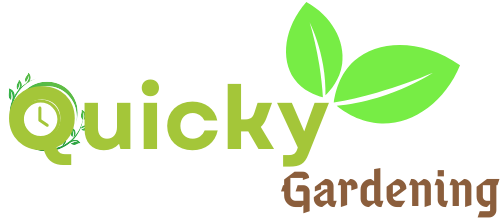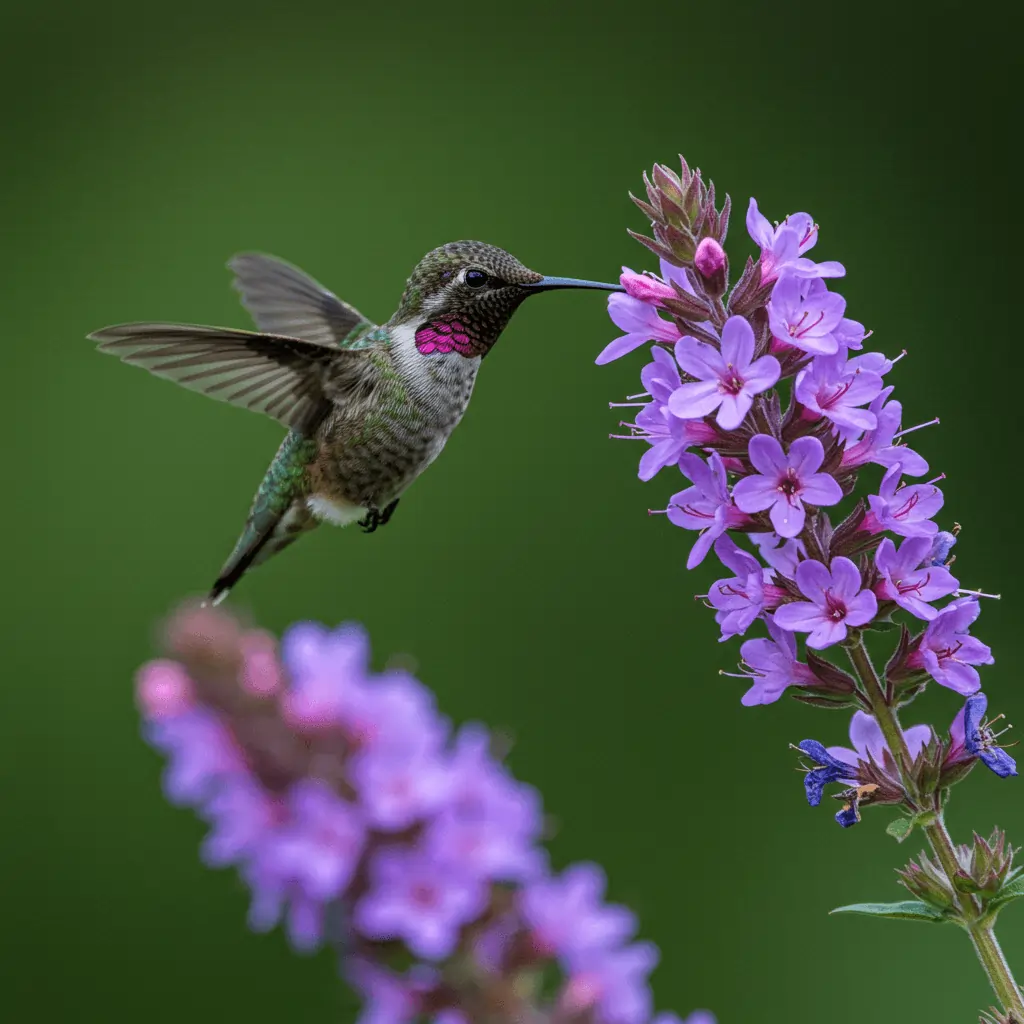Hummingbirds are among the most fascinating visitors to any garden. Their vibrant colors, rapid wing movements, and love for hummingbird flowers make them a joy to watch. If you want to attract more hummingbirds to your yard, planting the right nectar-rich flowers is key.
These tiny birds have high energy levels and rely on hummingbird-friendly flowers to fuel their fast-paced lifestyles. Choosing the right plants will not only attract hummingbirds but will also contribute to a thriving pollinator-friendly garden. In this guide, we’ll explore the top 10 hummingbird flowers that will transform your garden into a haven for these beautiful birds. Plus, we’ll share essential tips on how to create a hummingbird-friendly landscape.
Why Hummingbirds Love Nectar-Rich Flowers
The Role of Nectar in a Hummingbird’s Diet
Hummingbirds have an extremely high metabolism and need to consume nectar frequently to stay energized. Flowers rich in nectar provide them with the essential sugars they require for survival. A hummingbird can visit hundreds of flowers each day in search of nectar, making a well-planned garden an essential part of their feeding routine.
The Importance of Red, Orange, and Pink Flowers for Attracting Hummingbirds
Hummingbirds are naturally drawn to warm-colored flowers, especially red, orange, and pink. These colors stand out to them in nature, signaling a reliable nectar source. While hummingbirds can see other colors, studies suggest they prefer warmer tones as they associate them with high-energy food sources.
Best Garden Conditions for Growing Hummingbird Flowers
To attract more hummingbirds, plant flowers in sunny areas, avoid using pesticides, and provide a variety of plants that bloom at different times of the year. Creating layers in your garden with flowering plants at different heights also enhances visibility and accessibility for hummingbirds.
Top 10 Hummingbird Flowers to Grow in Your Garden
Best Perennial Hummingbird Flowers for Your Garden
Perennials return every year, making them a great investment for a hummingbird-friendly garden. These plants require less maintenance while continuing to provide a reliable food source.
Bee Balm (Monarda)
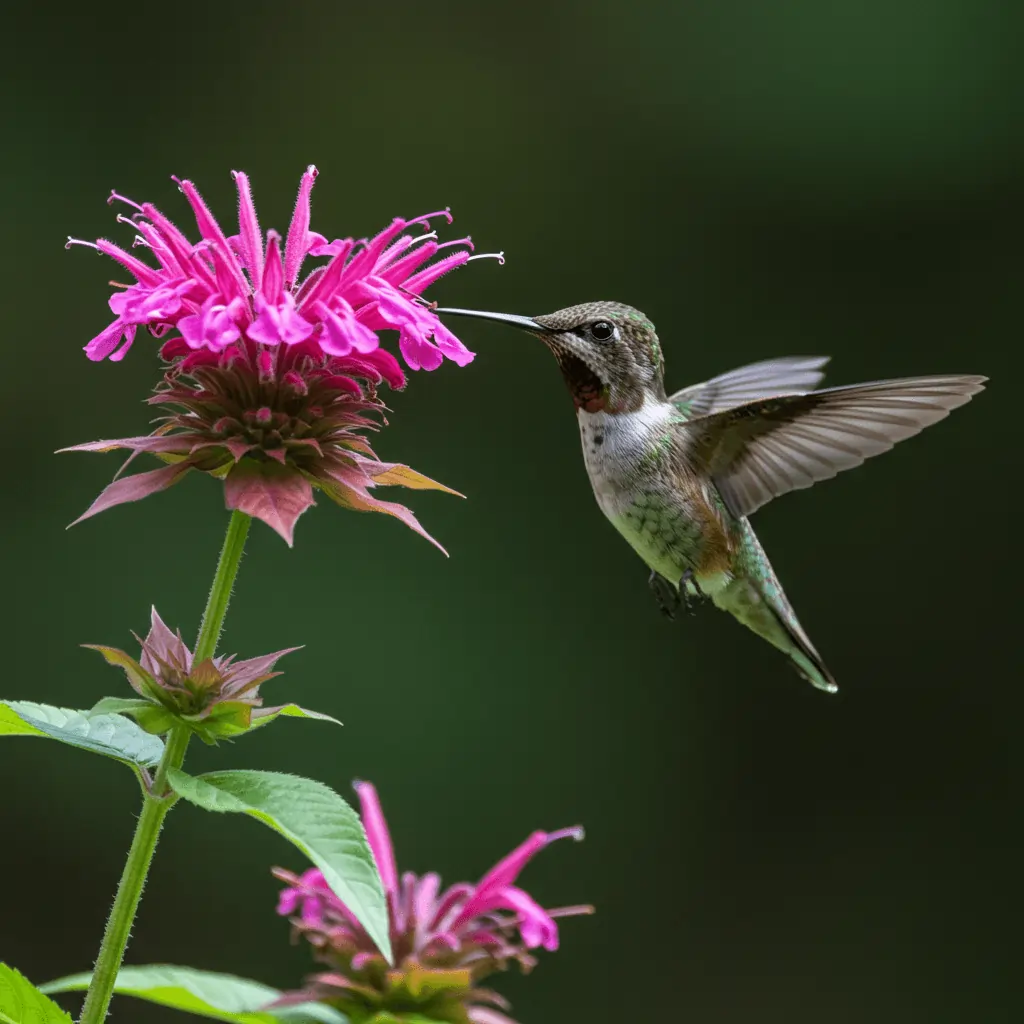
A bright red flower packed with nectar, loved by hummingbirds. It has a pleasant fragrance and also attracts bees and butterflies.
Trumpet Vine (Campsis radicans)
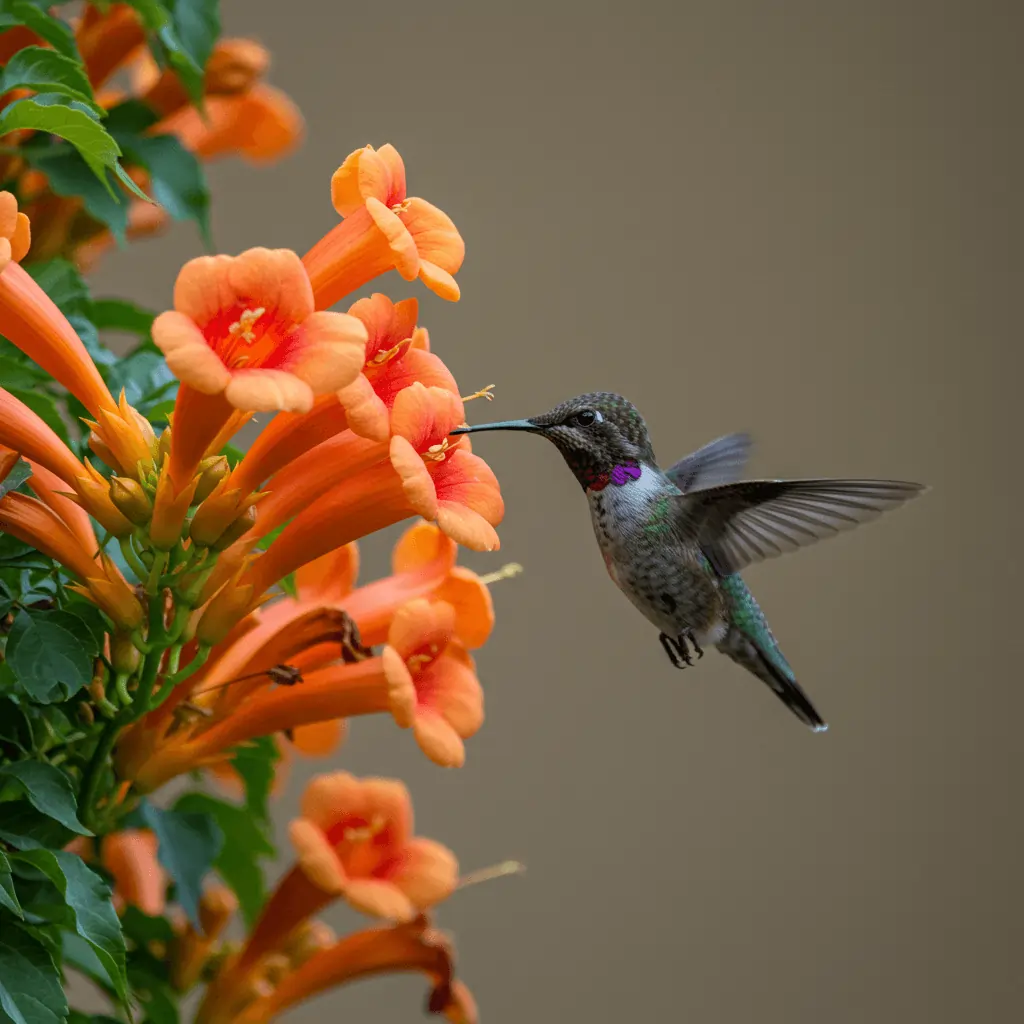
Fast-growing and produces long tubular flowers perfect for hummingbirds. This climbing vine can cover fences and trellises, providing an elegant landscape feature.
Salvia
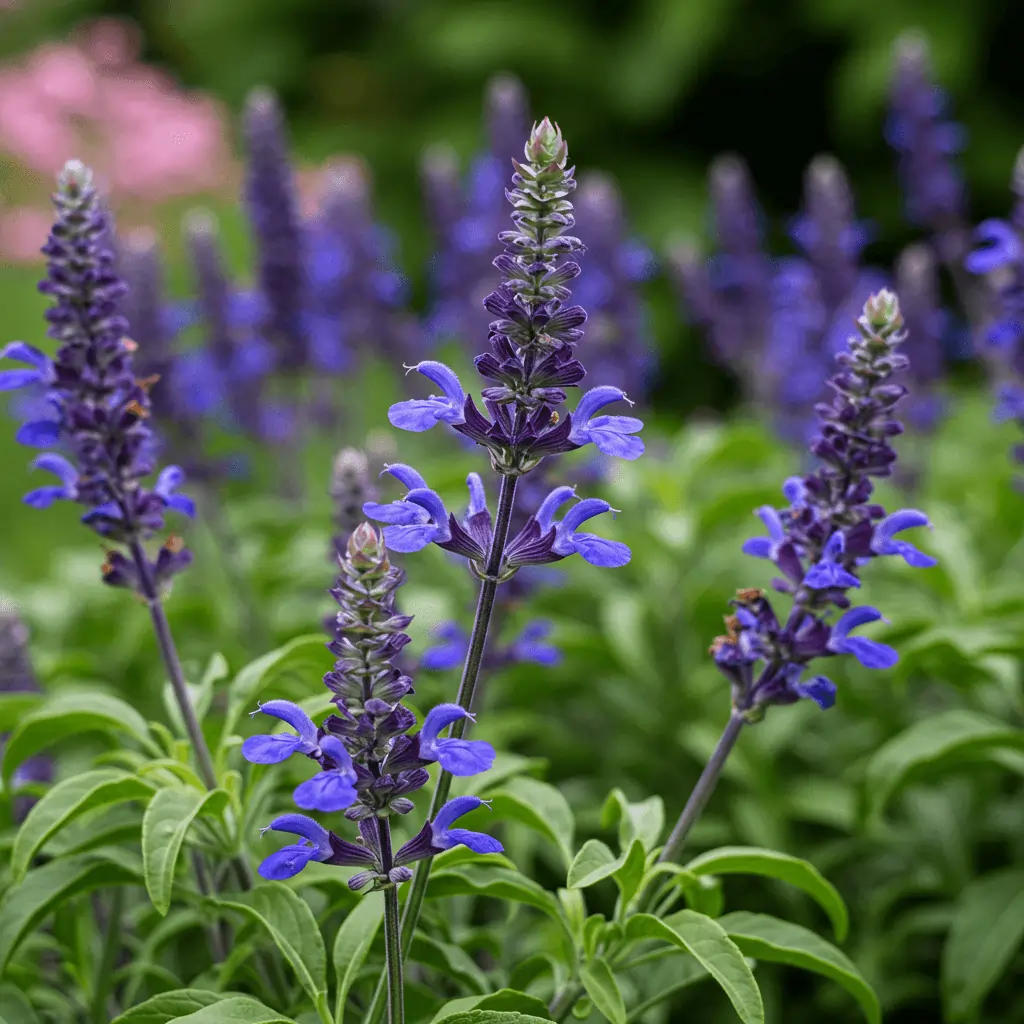
Comes in various colors and blooms for an extended period. It is drought-tolerant, making it a great choice for dry climates.
Cardinal Flower (Lobelia cardinalis)
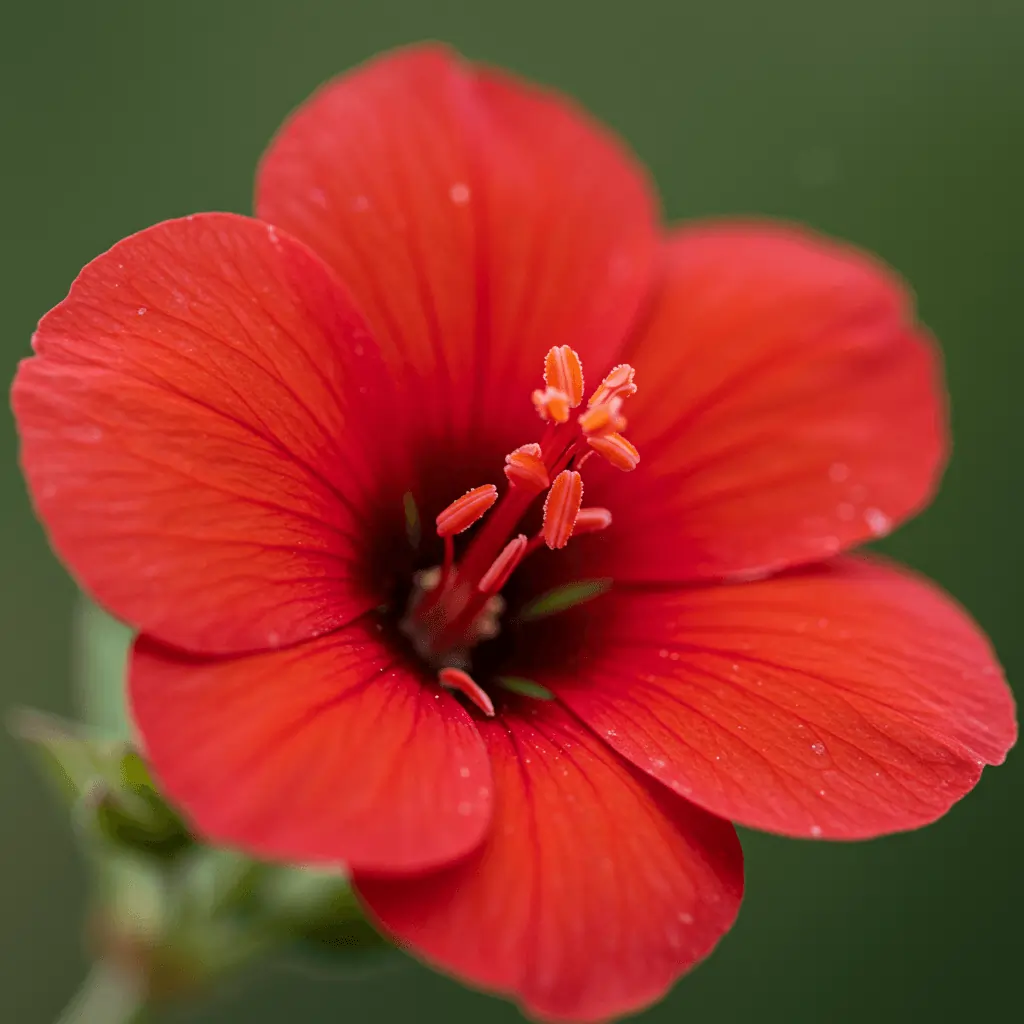
A native plant that thrives in moist soil and attracts hummingbirds with its deep red blossoms. This flower can be grown near ponds or rain gardens.
Honeysuckle (Lonicera spp.)
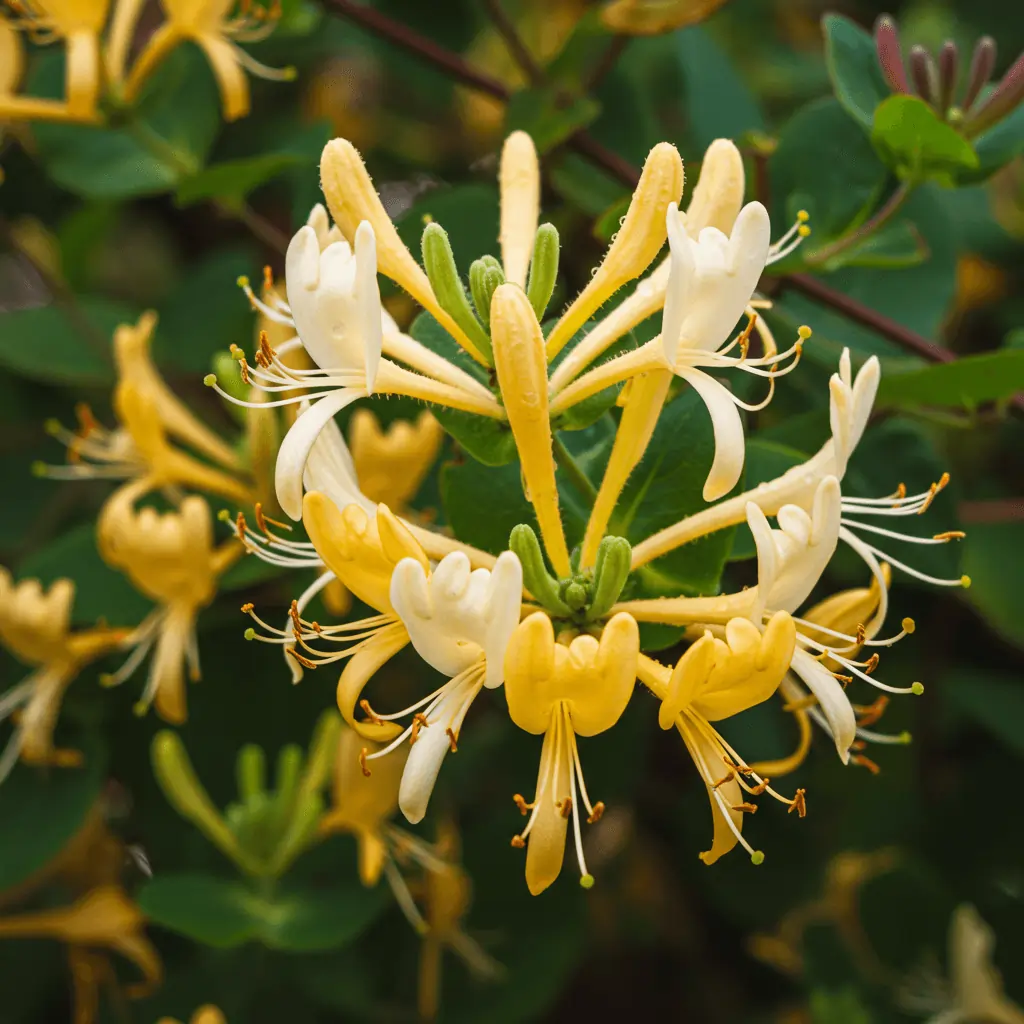
A climbing plant with fragrant, nectar-rich flowers. Some varieties are invasive, so choosing native species like the coral honeysuckle is recommended.
Read More :
Best Annual Flowers to Attract Hummingbirds
Annuals bloom for a single season but provide a burst of color and nectar, making them great additions to a hummingbird-friendly garden.
Fuchsia
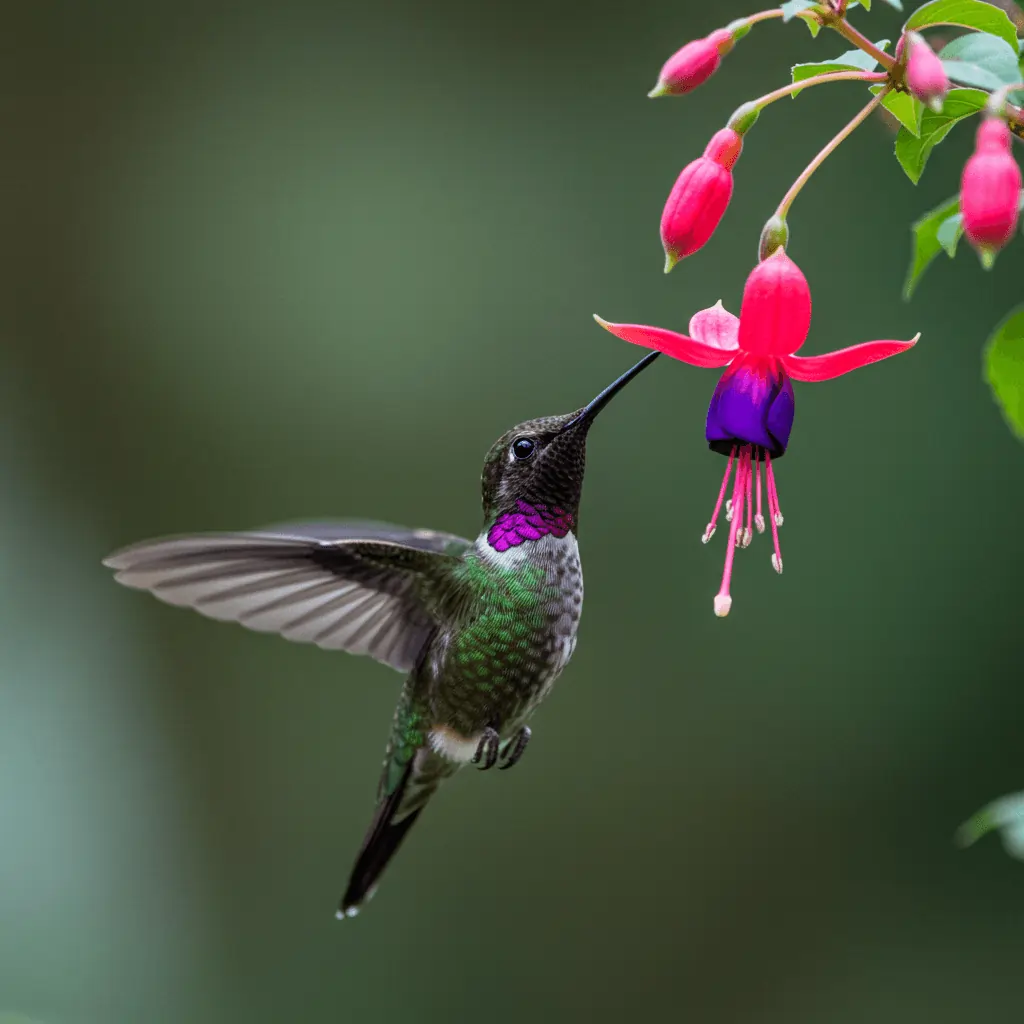
Ideal for hanging baskets and shaded areas. Their drooping flowers create the perfect shape for hummingbirds to sip nectar from.
Petunia
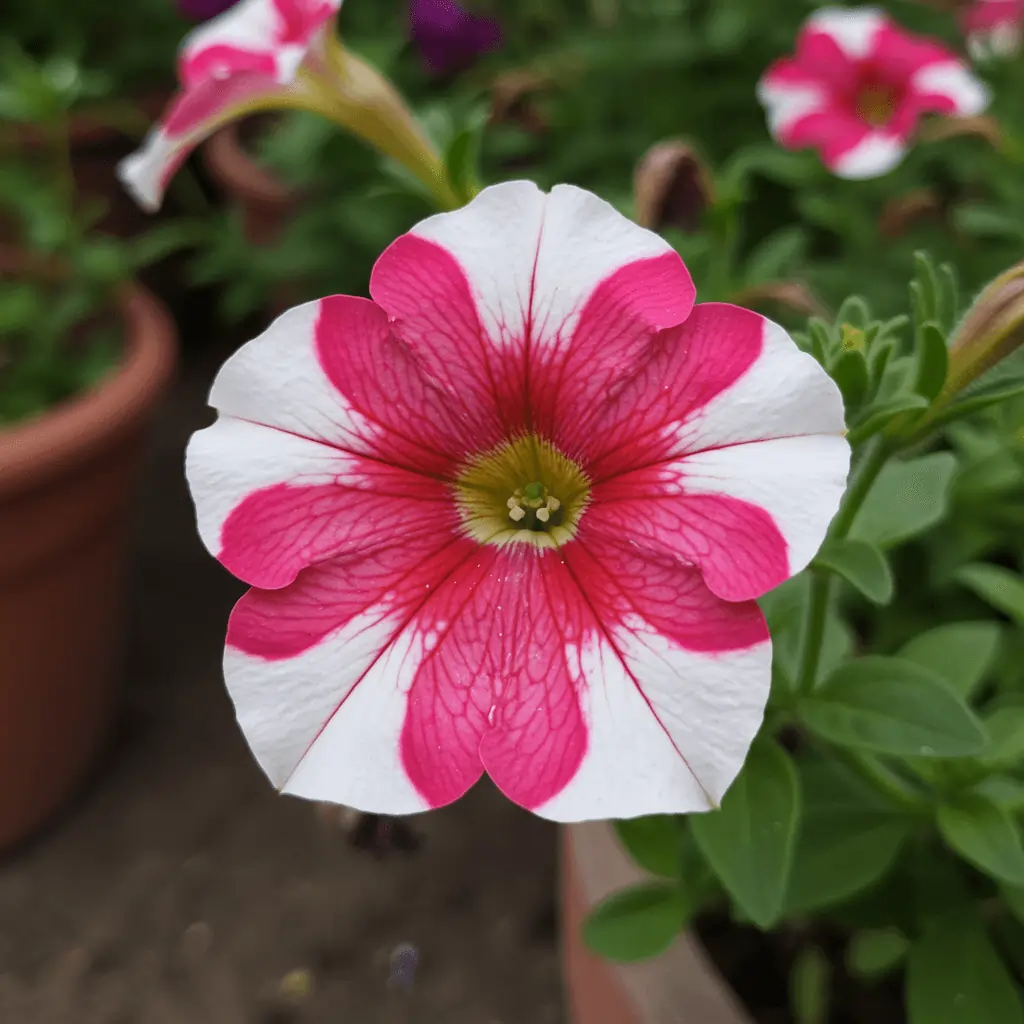
Trumpet-shaped flowers in bright hues make them a hummingbird favorite. They are easy to grow and bloom abundantly throughout the summer.
Columbine (Aquilegia spp.)
Early bloomers that attract migrating hummingbirds. Their delicate, nodding flowers come in various shades, including red and yellow.
Lupine (Lupinus spp.)

Tall flower spikes filled with nectar-rich blooms. These plants enrich the soil with nitrogen, making them a beneficial choice for companion planting.
Zinnia (Zinnia elegans)
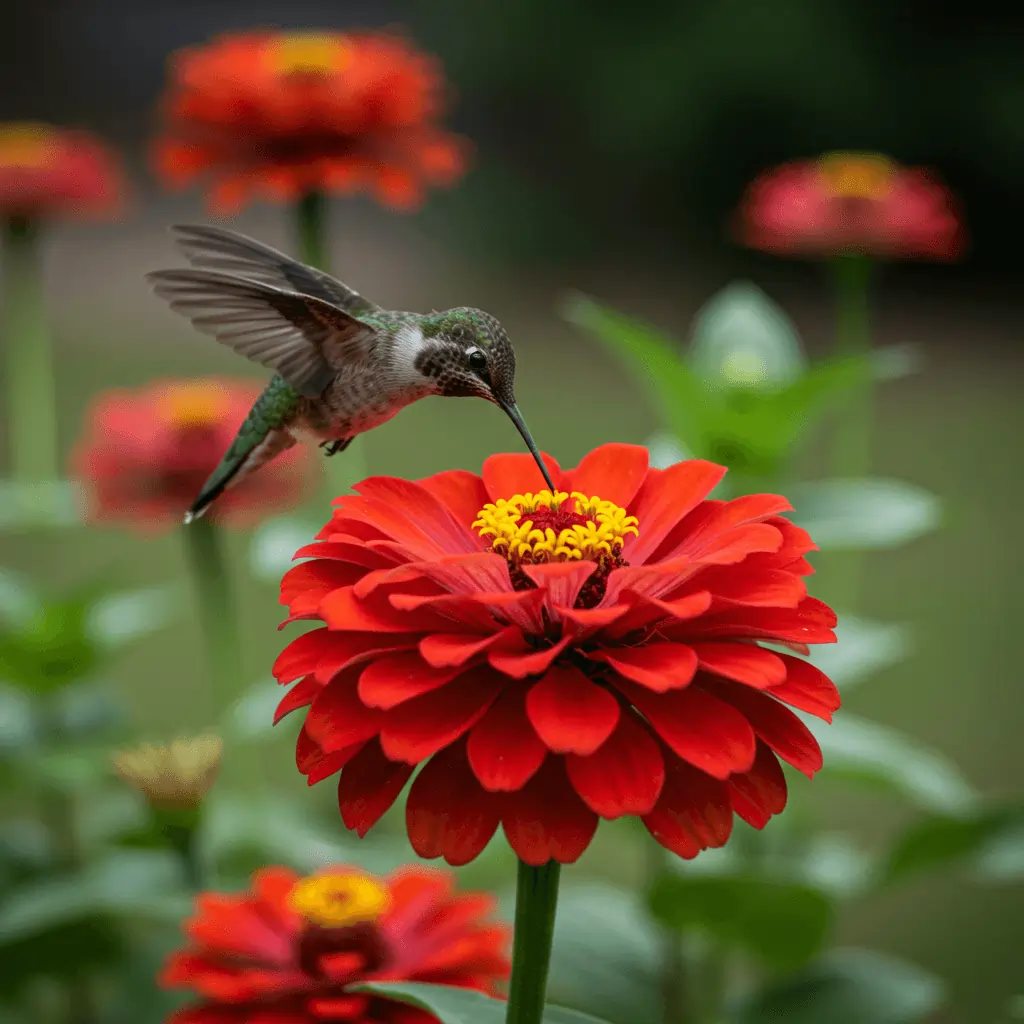
Easy to grow and attracts both hummingbirds and butterflies. They are available in many colors, including red and orange, making them an excellent choice for pollinator gardens.
How to Create a Hummingbird-Friendly Garden with the Right Flowers
Planting Hummingbird Flowers in Clusters for Maximum Attraction
Grouping flowers together helps hummingbirds spot them easily and encourages repeated visits. Large patches of bright-colored flowers are more effective in attracting hummingbirds than isolated plants.
Providing a Mix of Perennials and Annuals for Continuous Blooms
A combination of perennials and annuals ensures continuous blooms from spring to fall. This approach guarantees that hummingbirds always have access to nectar, even as seasons change.
Adding Water Features to Enhance a Hummingbird Garden
Hummingbirds enjoy misting fountains and shallow birdbaths, which provide them with water for drinking and bathing. Consider installing a small dripper or mister to create a cooling effect during hot months.
Common Mistakes to Avoid When Growing Hummingbird Flowers
Using Pesticides That Harm Pollinators and Hummingbirds
Pesticides can harm hummingbirds and beneficial insects. Opt for organic gardening methods, such as companion planting and natural predators, to control pests.
Choosing the Wrong Flower Colors for Hummingbirds
Avoid blue and white flowers, as hummingbirds prefer warm colors like red, orange, and pink. If you choose to plant white flowers, mix them with brighter blooms to increase visibility.
Forgetting to Provide Shelter and Resting Spots for Hummingbirds
Hummingbirds need nearby trees or shrubs to rest and take cover from predators. Providing small branches or even a dedicated resting perch can help hummingbirds feel safe in your garden.
Additional Ways to Attract More Hummingbirds to Your Garden
Installing Hummingbird Feeders for Extra Nectar Sources
Set up feeders filled with a homemade nectar solution (1 part sugar to 4 parts water, no red dye). Clean feeders regularly to prevent mold and bacteria growth.
Growing Native Hummingbird Flowers for a Sustainable Habitat
Native plants require less maintenance and attract more hummingbirds naturally. They are also more resistant to local pests and diseases.
Seasonal Flower Rotation to Keep Hummingbirds Coming Back
Plant a variety of flowers that bloom at different times to keep hummingbirds coming back all season. Spring bloomers attract early migrants, while late-blooming perennials sustain them through fall.
Conclusion
Creating a hummingbird-friendly garden is easy when you choose the right flowers. By planting nectar-rich blooms like Bee Balm, Trumpet Vine, Salvia, and Zinnia, you’ll enjoy frequent visits from these beautiful birds.
Hummingbirds are not only pollinators but also add beauty and energy to your outdoor space. With the right approach, you can provide them with food, water, and shelter while enjoying their presence throughout the year.
FAQs About Hummingbird Flowers
1. What are the best flowers to attract hummingbirds?
The best flowers for attracting hummingbirds include Bee Balm, Trumpet Vine, Salvia, Cardinal Flower, and Fuchsia. These plants produce nectar-rich blooms that hummingbirds love.
2. What color flowers do hummingbirds prefer?
Hummingbirds are naturally drawn to red, orange, and pink flowers because they associate these colors with high-energy food sources.
3. Do hummingbirds prefer certain flower shapes?
Yes, hummingbirds prefer tubular or trumpet-shaped flowers because these shapes hold more nectar and make it easier for them to feed using their long beaks.
4. Should I plant perennials or annuals for hummingbirds?
A mix of both is best! Perennials (like Bee Balm and Salvia) provide a long-term nectar source, while annuals (like Zinnias and Petunias) offer bright, fresh blooms each season.
5. How can I keep hummingbirds coming back to my garden?
To keep hummingbirds returning, plant a variety of flowers that bloom at different times, maintain nectar feeders, provide a water source, and avoid using pesticides.
6. Can I use a hummingbird feeder along with flowers?
Yes! A hummingbird feeder filled with a sugar-water solution (1 part sugar to 4 parts water) is a great supplement to natural flowers, especially when blooms are scarce.
7. What should I avoid when planting a hummingbird garden?
Avoid using pesticides, blue and white flowers (less attractive to hummingbirds), and invasive plants that could harm local ecosystems.
8. When is the best time to plant hummingbird flowers?
Spring is the best time to plant hummingbird-friendly flowers, allowing them to establish before the hummingbird migration period.
9. How much nectar do hummingbirds need daily?
Hummingbirds consume about half their body weight in nectar every day. They feed multiple times per hour to maintain their energy levels.
10. Do hummingbirds eat anything other than nectar?
Yes! Besides nectar, hummingbirds eat small insects, spiders, and tree sap to get essential proteins and nutrients.
11. How can I prevent bees and ants from taking over my hummingbird flowers?
To deter unwanted insects, use nectar guards on feeders, choose deep tubular flowers that bees can’t easily access, and keep feeders clean to avoid attracting ants.
12. Do hummingbirds recognize gardens with good food sources?
Yes! Hummingbirds have excellent memories and will return to gardens that consistently provide nectar-rich flowers and feeders.
13. How can I make homemade hummingbird nectar?
Mix 1 part white sugar with 4 parts water, boil to dissolve, let it cool, and fill your feeder. Never use honey, red dye, or artificial sweeteners.
14. What is the best way to position hummingbird flowers in my garden?
Plant flowers in clusters rather than spreading them out. Place them in sunny areas where hummingbirds can easily spot them.
15. Can I grow hummingbird flowers in containers?
Yes! Many hummingbird-friendly flowers like Petunias, Fuchsia, and Salvia thrive in pots and hanging baskets.
16. How long do hummingbirds stay in one area?
Hummingbirds stay as long as they have a reliable food source. Some remain year-round in warm climates, while others migrate seasonally.
17. What should I do if I find a hummingbird in distress?
If you find an injured or weak hummingbird, place it in a warm, quiet space, and contact a wildlife rehabilitation center for help.
18. Do hummingbirds sleep at night?
Yes! At night, hummingbirds enter a state of torpor, a deep sleep where their metabolism slows down to conserve energy.
19. Can hummingbirds recognize humans?
Yes! If you regularly feed them, hummingbirds may recognize you, remember your garden, and even approach you when food is low.
20. What’s the best way to photograph hummingbirds in my garden?
Use a fast shutter speed, set up your camera near flowers or feeders, and shoot in natural light to capture their rapid movements.
